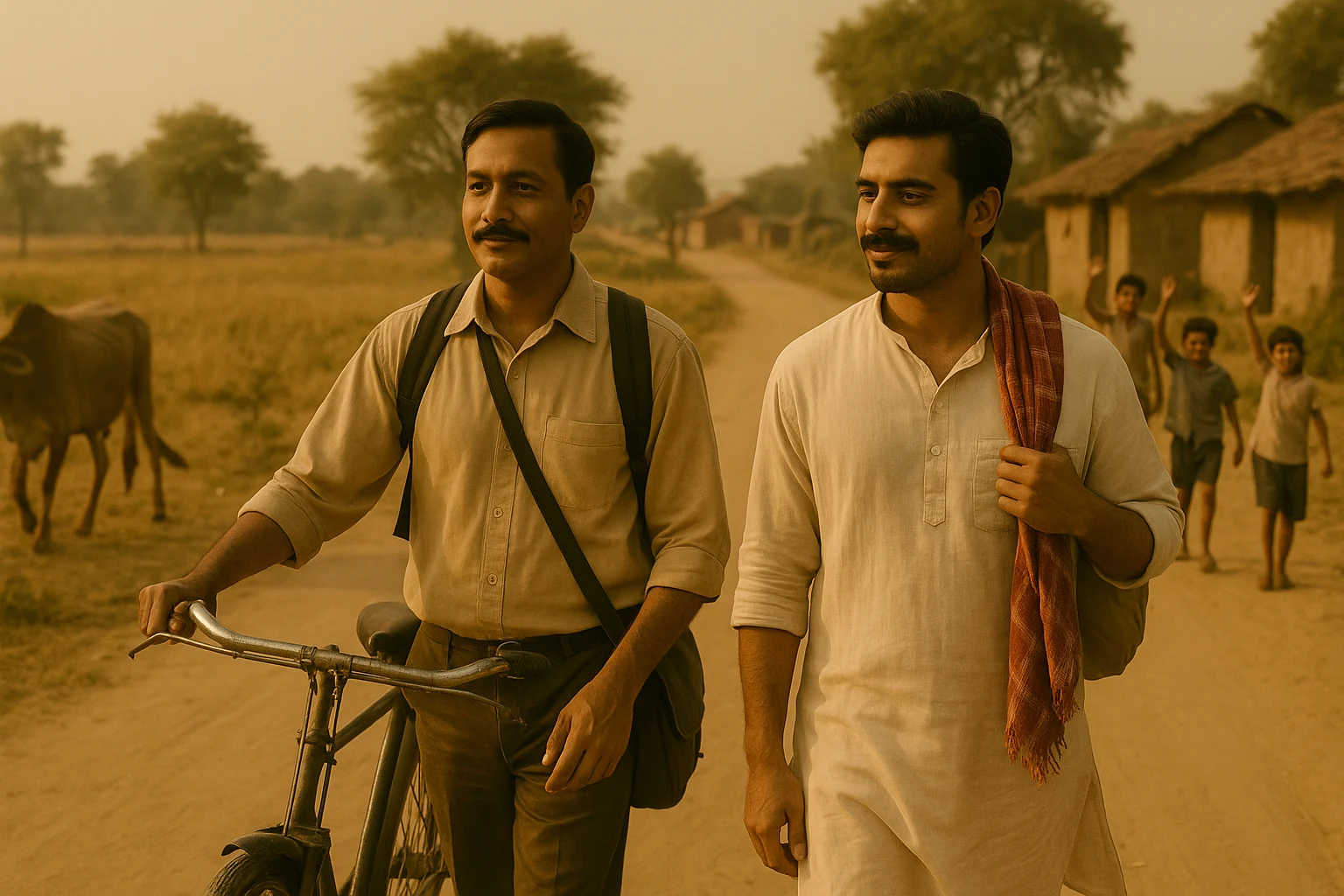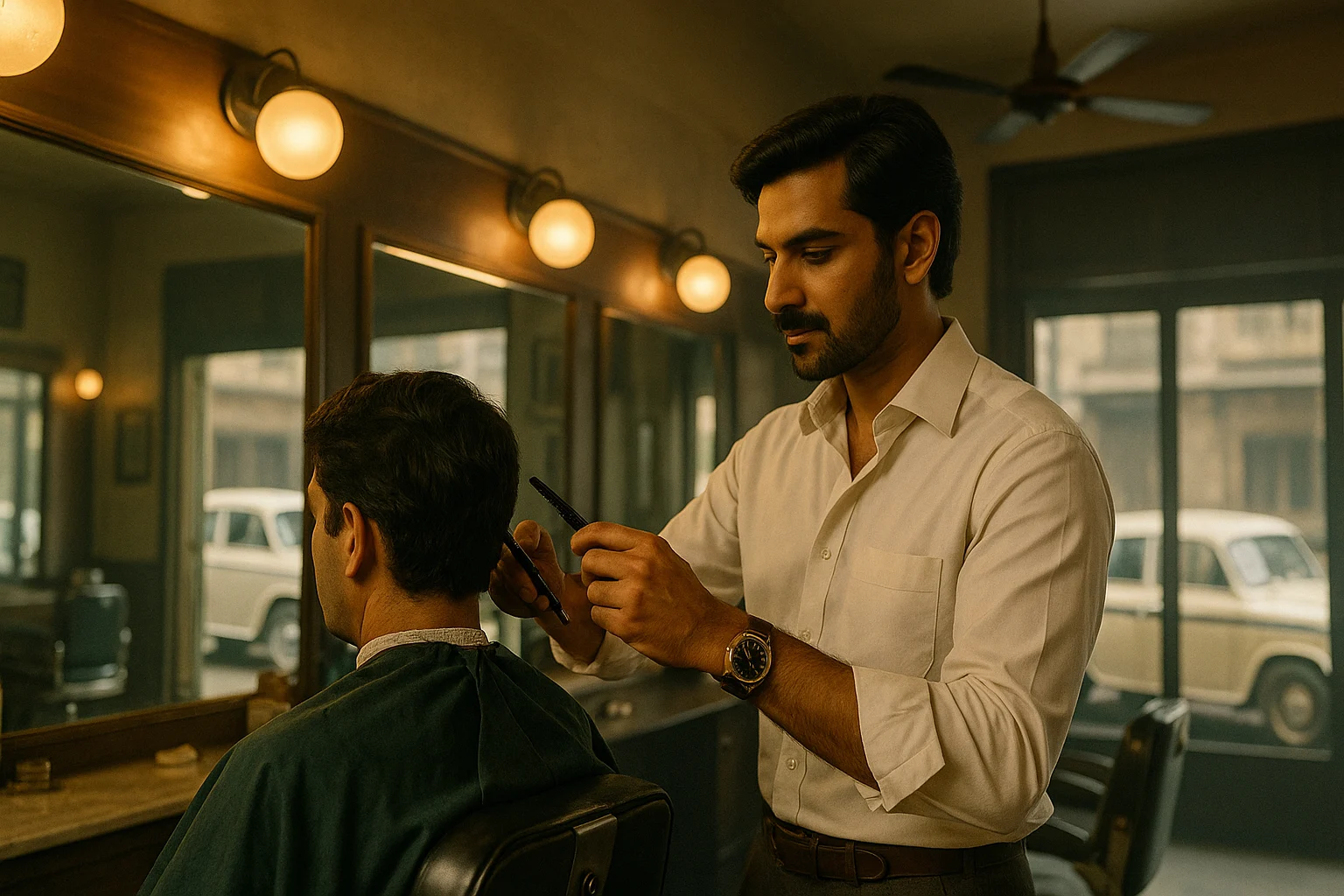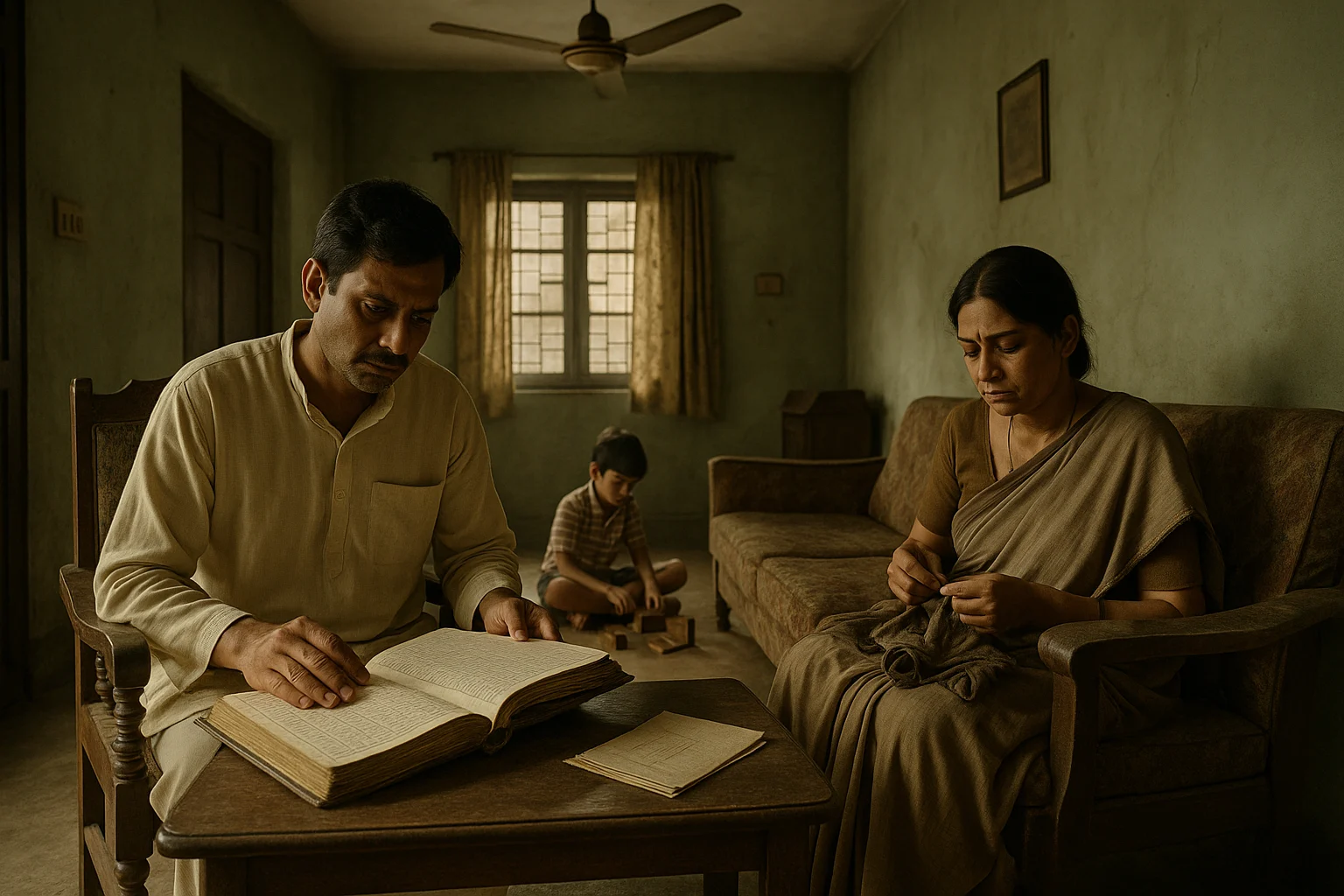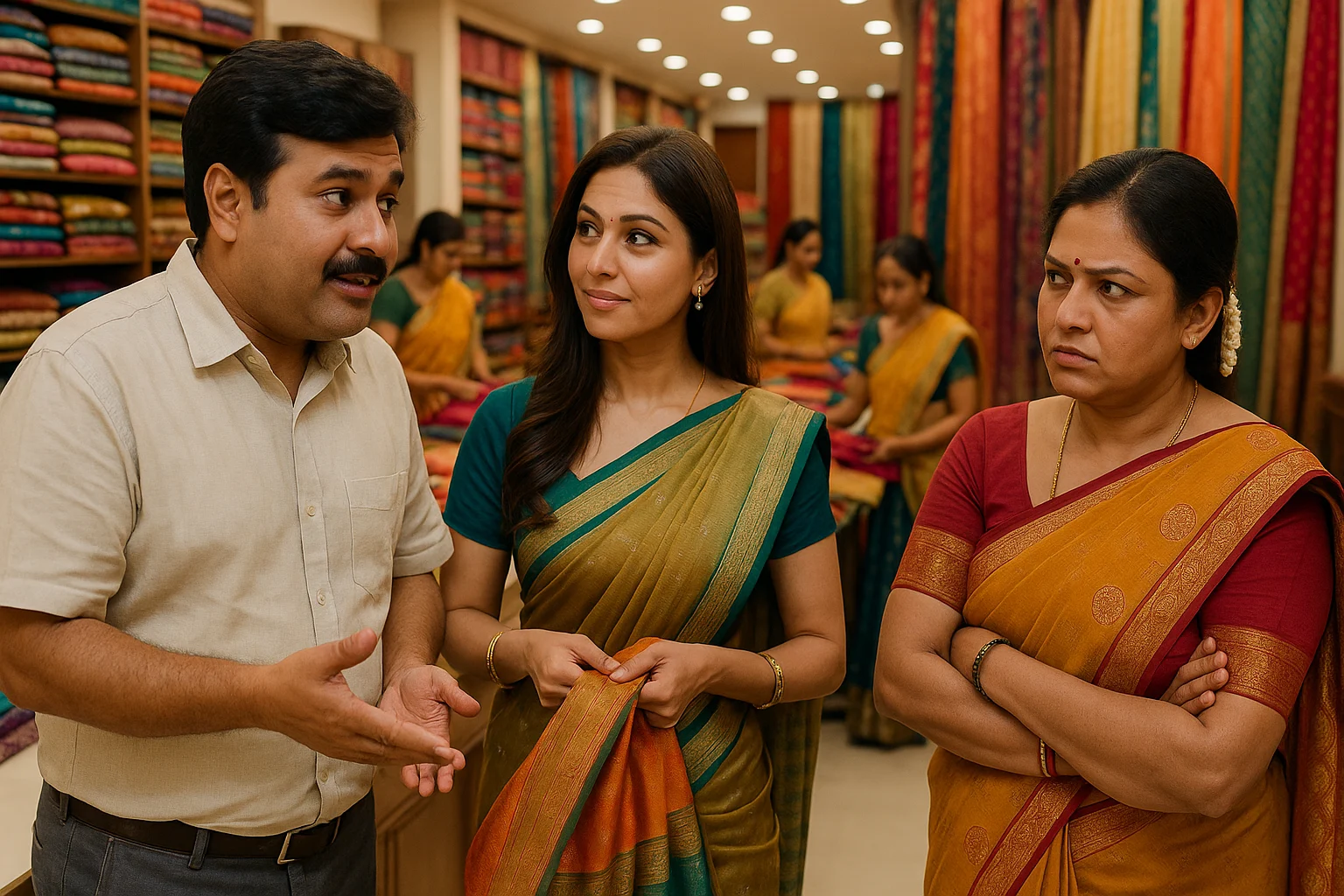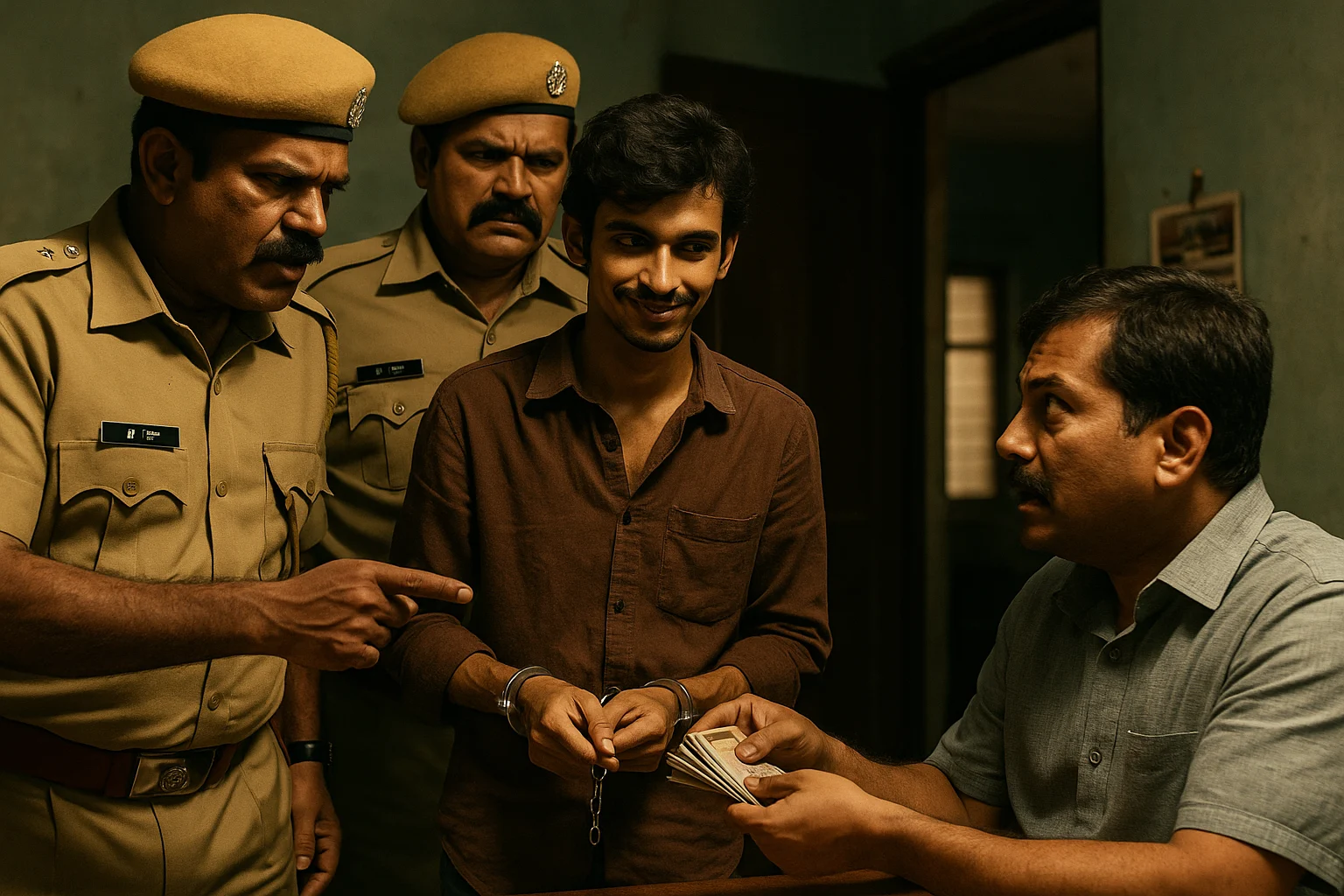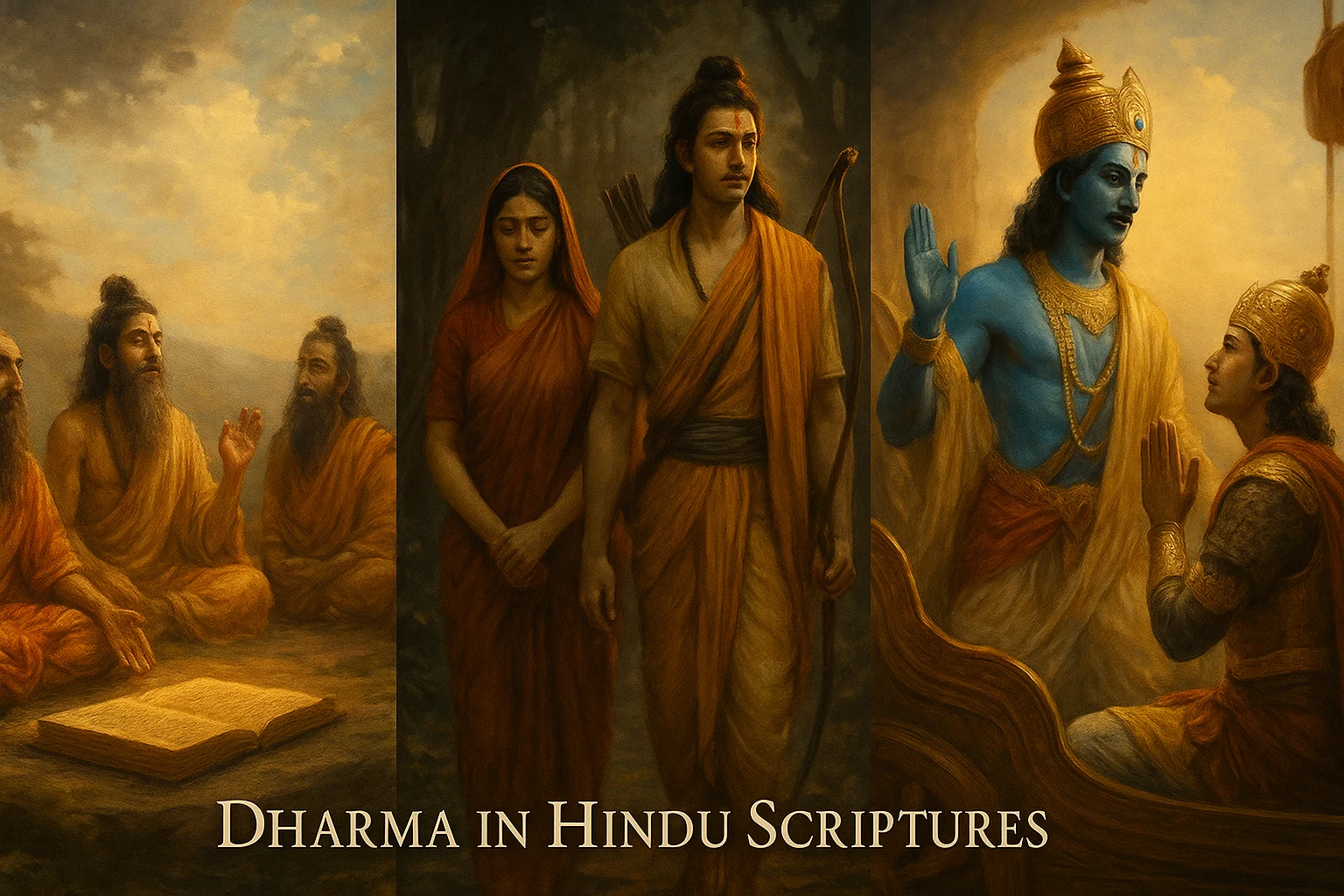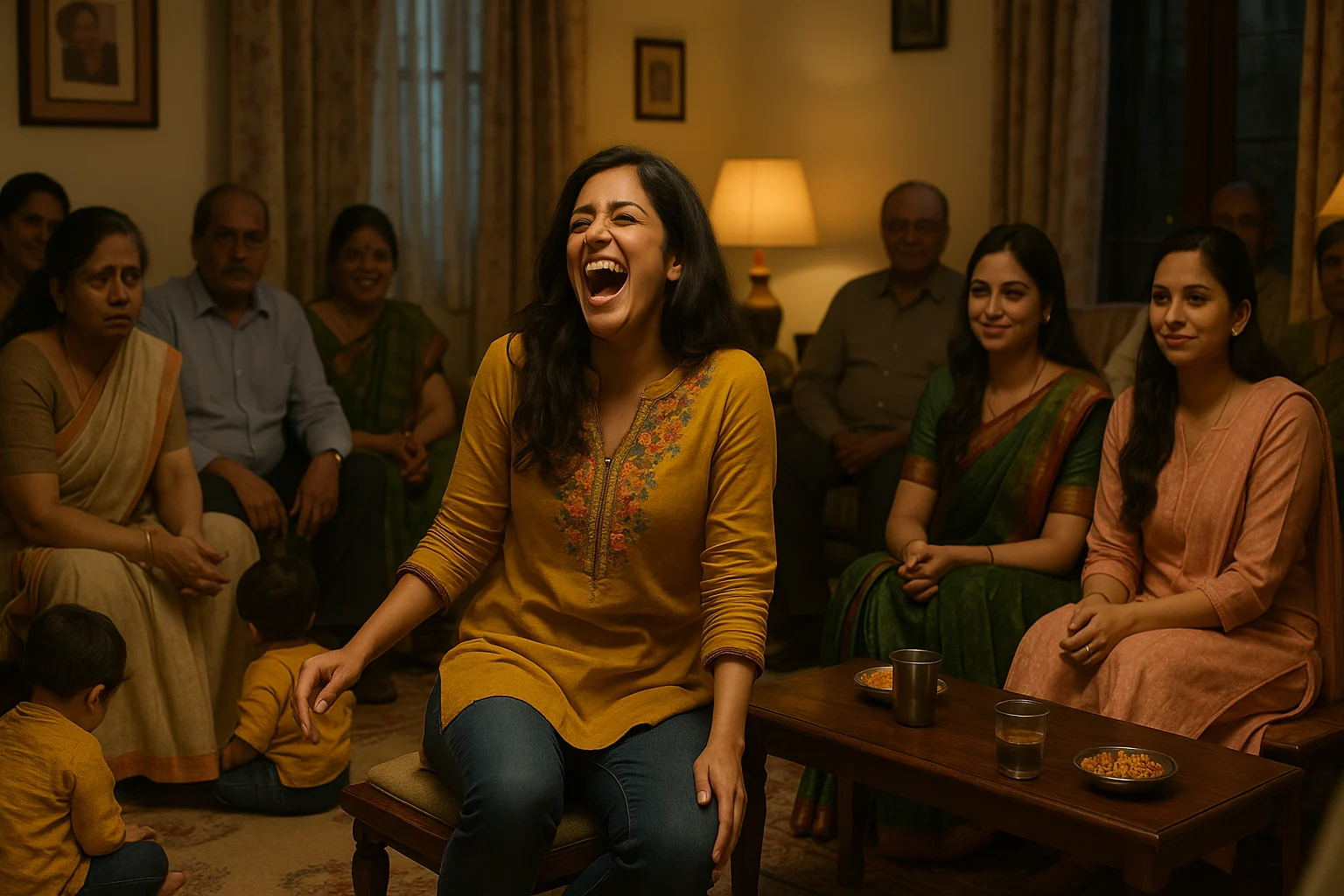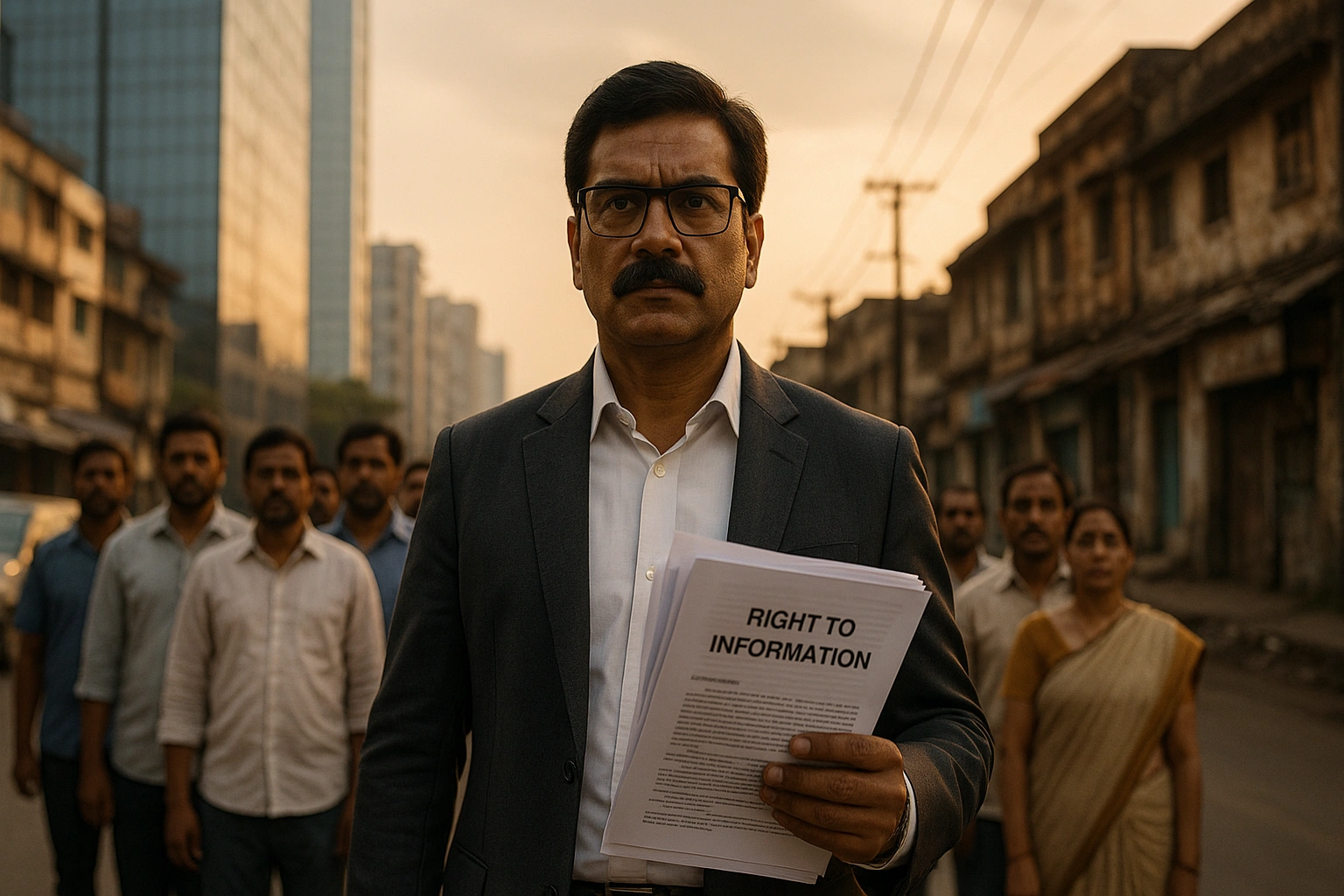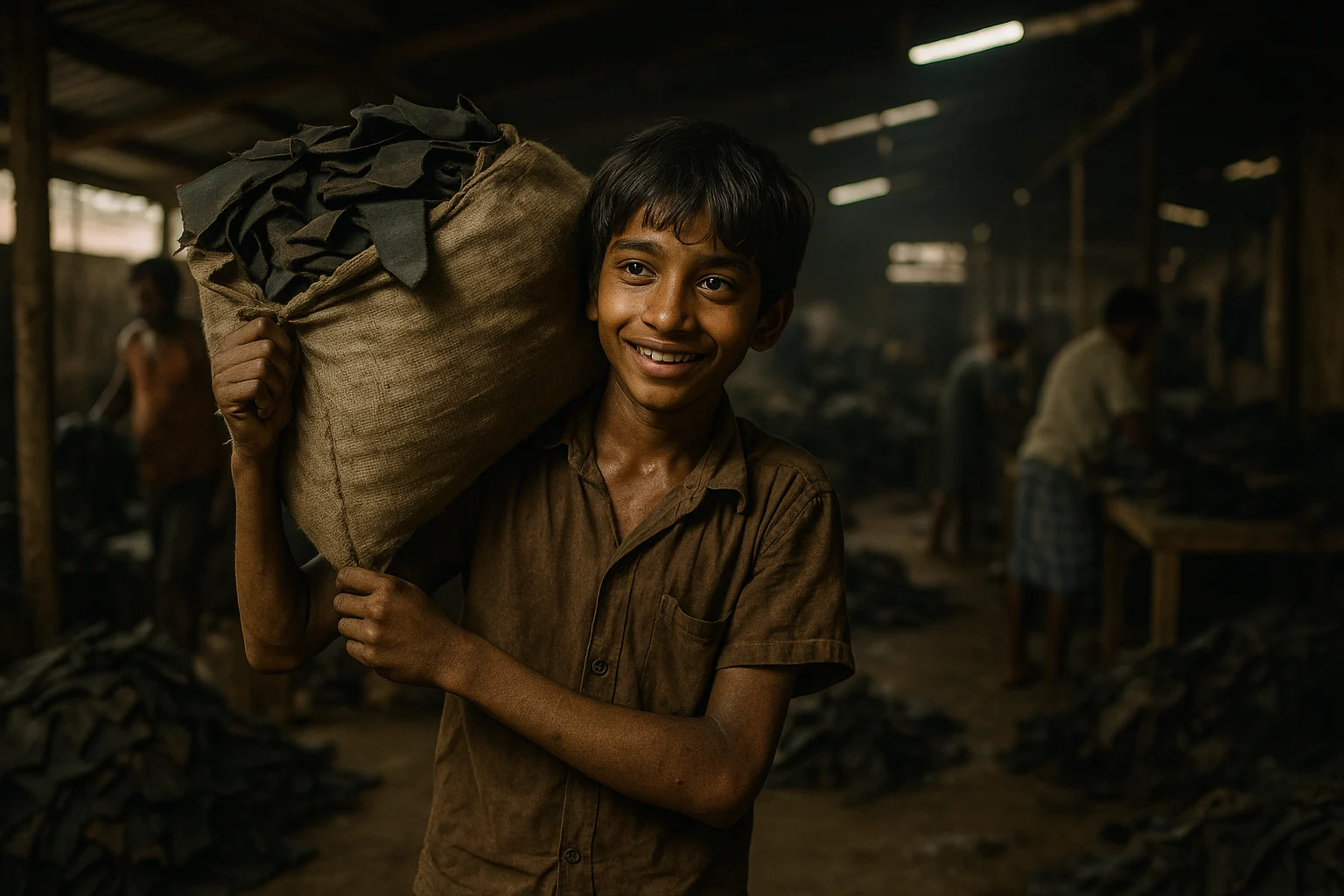Introduction
Cinema has always been more than just entertainment in India—it is a mirror of society, a carrier of emotions, and a force that shapes collective identity. Among the many industries around the world, Bollywood—India’s Hindi-language film industry based in Mumbai—stands as a cultural titan. Over the decades, it has moved beyond national boundaries, creating a unique space for itself on the global stage. Bollywood’s cultural dominance is evident not only in cinema halls but also in everyday life, from fashion trends and music playlists to political discourse and social movements.
This article explores how Bollywood has grown into a cultural powerhouse, its role in shaping Indian society, its global influence, and why it continues to dominate the cultural imagination of millions worldwide.

Origins of Bollywood’s Influence
The roots of Bollywood’s dominance lie in its history. Starting with Dadasaheb Phalke’s “Raja Harishchandra” (1913), Indian cinema began as a cultural experiment. Post-independence, Bollywood films became tools of national identity, weaving narratives of patriotism, family honor, love, and resilience. Unlike Hollywood, which often specialized in genre-specific productions, Bollywood created a “masala format”—a unique blend of romance, comedy, action, melodrama, and music—all in one film.
This accessibility made Bollywood appealing across class and regional boundaries, cementing its place as the most unifying cultural product in India.
Bollywood as a Mirror of Indian Society
Bollywood does not merely tell stories—it reflects and shapes social norms.
- Family and Relationships – Films such as Kabhi Khushi Kabhi Gham and Dilwale Dulhania Le Jayenge emphasized the Indian value of family unity, even while exploring generational conflicts.
- Gender Roles – Early films often reinforced patriarchal norms, but contemporary cinema (Queen, Pink, Thappad) challenges stereotypes, pushing for gender equality.
- Class and Aspiration – Movies like Deewaar (1975) highlighted working-class struggles, while modern films like Gully Boy show aspirations of marginalized youth in globalized India.
- Religion and Identity – Bollywood often promotes secular ideals, portraying unity across religious and cultural differences, even in times of political tension.
Thus, Bollywood is both a reflection of social realities and an agent of change, capable of sparking dialogue on issues from caste to modern love.
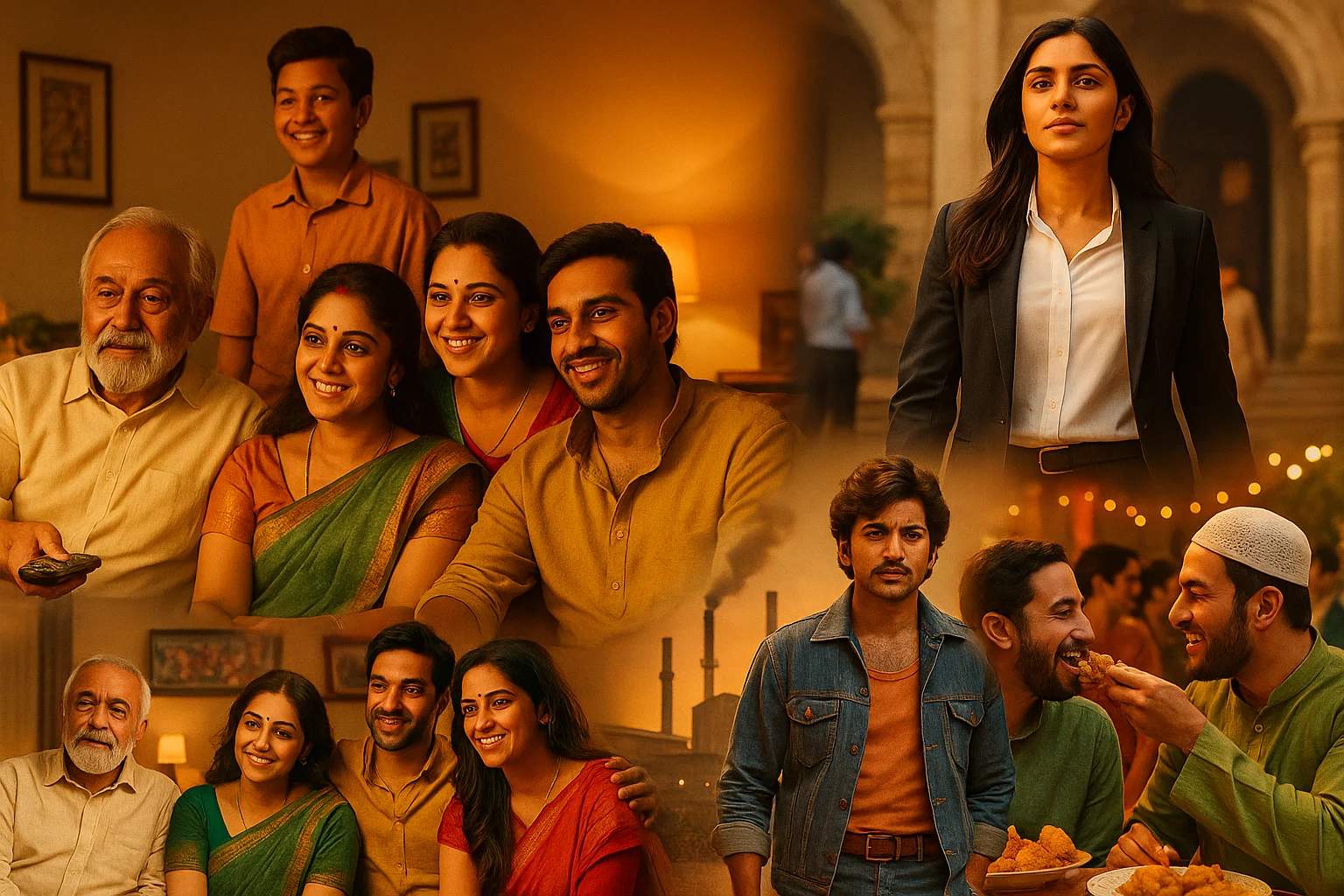
The Bollywood Song-and-Dance Phenomenon
One of the defining features of Bollywood’s cultural dominance is its music and choreography. Unlike Western films, where songs are often background scores, in Bollywood, music is central to storytelling.
- Playback Singing – Legendary singers like Lata Mangeshkar, Kishore Kumar, and Arijit Singh have become cultural icons in their own right.
- Dance Styles – From classical Kathak and Bharatanatyam-inspired moves to Western hip-hop fusion, Bollywood dance sets trends globally.
- Cross-Border Reach – Bollywood songs are popular in Pakistan, Bangladesh, Nepal, and even distant countries like Nigeria (Nollywood draws inspiration from Bollywood musicals).
Even in global pop culture, Bollywood’s song-and-dance style is instantly recognizable, making it a soft power tool for India.
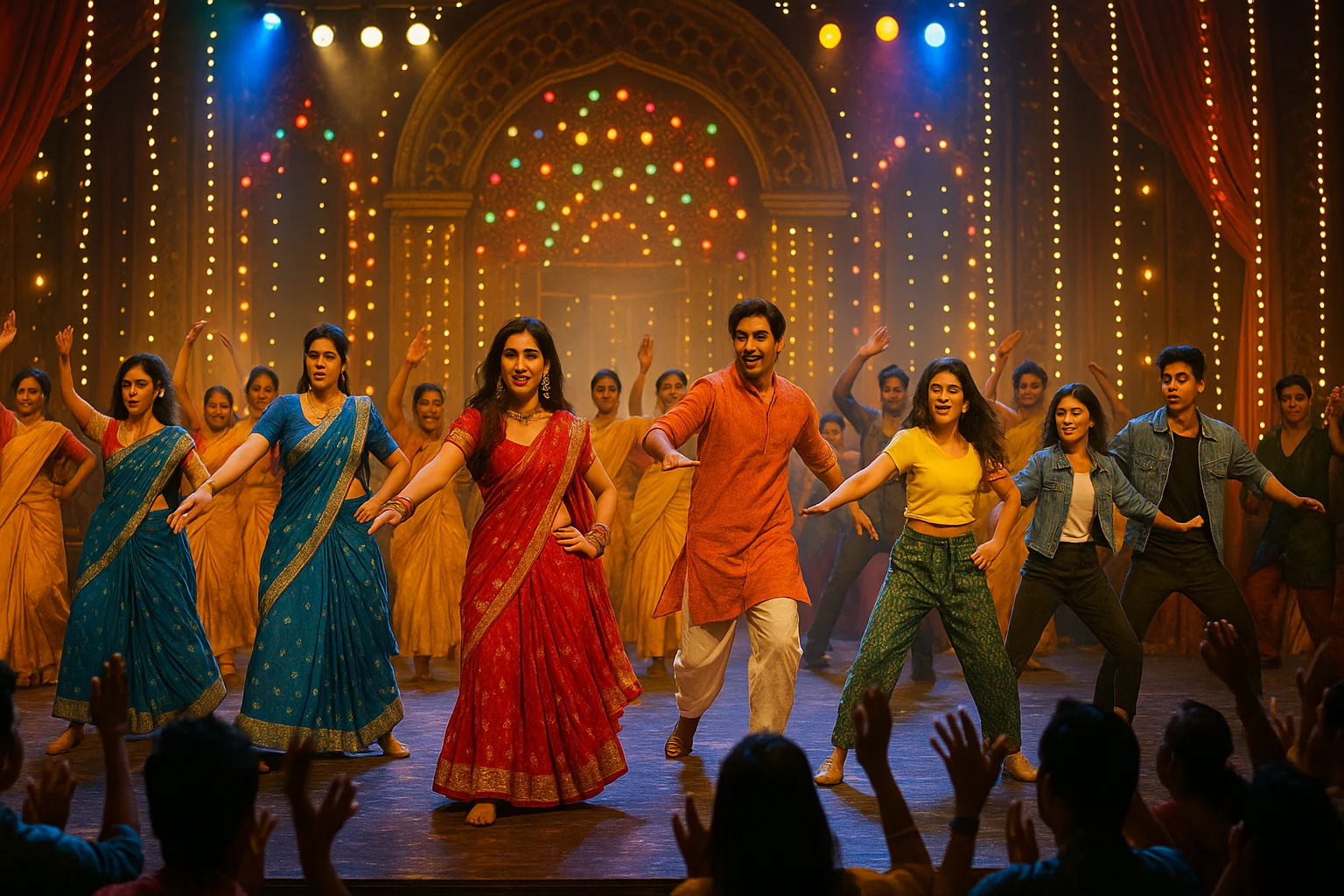
Bollywood and Fashion
From Madhubala’s anarkalis in Mughal-e-Azam to Madhuri Dixit’s purple saree in Hum Aapke Hain Koun, Bollywood has always dictated fashion. Today, films like Kabir Singh or Yeh Jawaani Hai Deewani influence everything from wedding outfits to college wear. Designers collaborate with filmmakers to launch collections inspired by movies, proving that Bollywood is as much about style statements as it is about storytelling.
Bollywood’s Global Reach
Bollywood’s influence extends beyond India’s borders:
- South Asia & Middle East – Bollywood is a shared cultural currency. Indian films dominate cinemas in Pakistan, UAE, and Bangladesh.
- Africa – In Nigeria, Bollywood movies have been popular since the 1970s, influencing local cinema known as Nollywood.
- Russia & Central Asia – Raj Kapoor’s Awara and Shree 420 made him a household name in Soviet Russia. Even today, Shah Rukh Khan enjoys immense popularity in Kazakhstan and Uzbekistan.
- Western Audiences – With films like Lagaan, Slumdog Millionaire (though British-made, Bollywood-inspired), and RRR, Western audiences are embracing Bollywood’s vibrancy.
Bollywood serves as India’s cultural ambassador, enhancing its soft power globally.
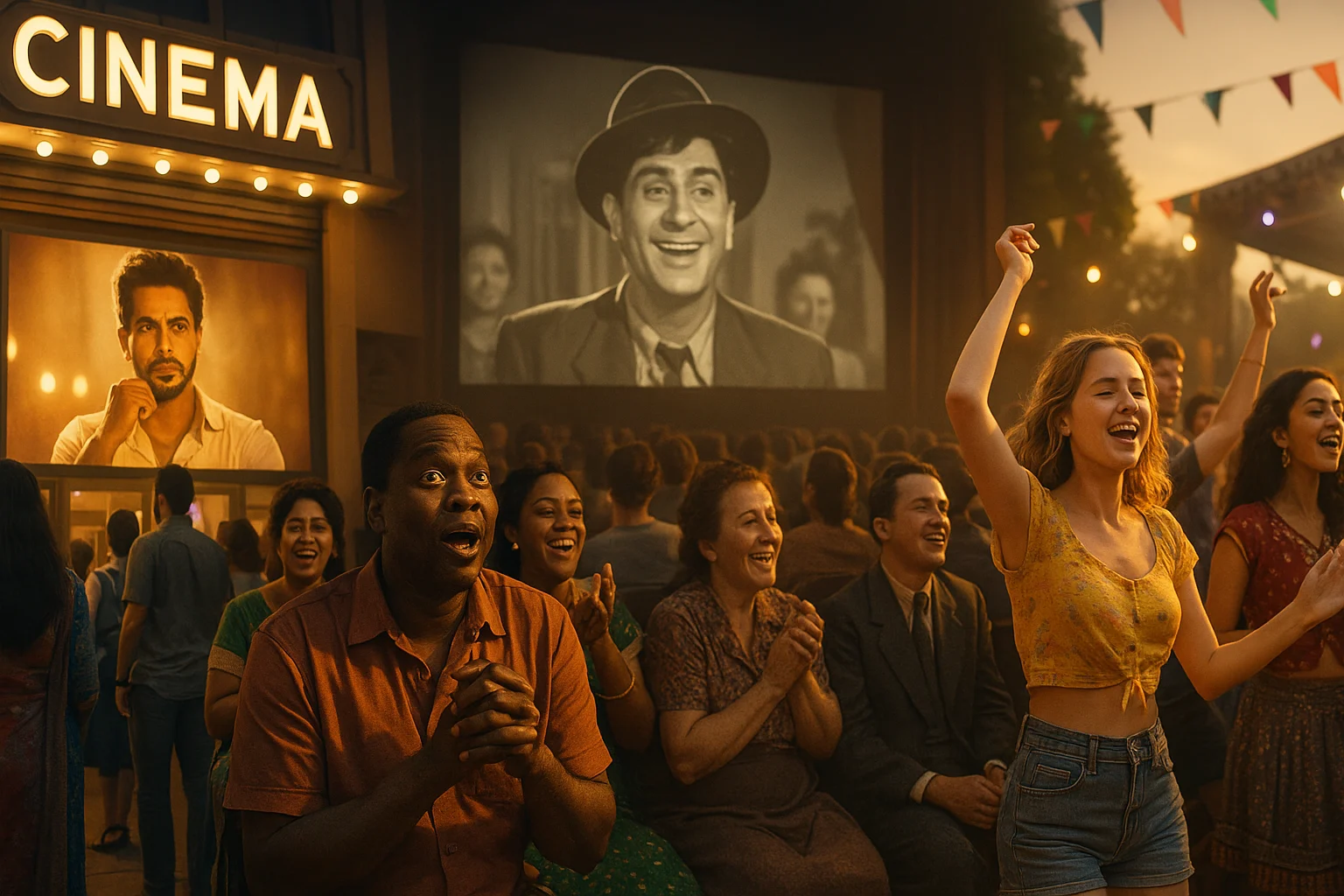
Bollywood vs. Hollywood
Hollywood may dominate the global box office with budgets and technology, but Bollywood dominates with volume and emotional connectivity. India produces over 1,500 films annually, with Bollywood contributing the majority.
While Hollywood often caters to a global audience with universal narratives, Bollywood thrives on emotional excess, song sequences, and cultural specificity—yet still manages to find resonance abroad. Its ability to combine local identity with global appeal is the essence of its dominance.
Bollywood in the Digital Age
Streaming platforms like Netflix, Amazon Prime, Disney+ Hotstar, and JioCinema have taken Bollywood global. Now, an Indian film can release in Mumbai and simultaneously reach audiences in California or London.
- OTT Content – Films like Dangal and Sacred Games gained international acclaim through digital platforms.
- Social Media Influence – Instagram reels and TikTok challenges often feature Bollywood songs and dialogues, making them viral.
- YouTube Dominance – Bollywood music videos often cross billions of views, competing with global pop artists.
Digital platforms ensure that Bollywood is not only surviving but expanding its cultural dominance.

Criticisms and Challenges
While Bollywood enjoys unparalleled dominance, it faces criticism:
- Nepotism Debate – The industry is accused of being controlled by star families, limiting outsider opportunities.
- Representation Issues – Stereotypical portrayal of LGBTQ+ characters, Muslims, and marginalized communities has often been criticized.
- Commercial Over Art – Focus on box-office hits sometimes overshadows artistic storytelling.
- Global Competition – South Korean cinema (Parasite, K-dramas, BTS influence) is emerging as a cultural competitor.
Despite challenges, Bollywood continues to reinvent itself, balancing between commercial glamour and meaningful narratives.
Bollywood as Soft Power
Bollywood is not just entertainment; it is India’s cultural diplomacy. Through films, India exports its traditions, music, spirituality, and social ideas.
- Tourism Boost – Films shot in Switzerland or London have encouraged Indians to travel abroad, while movies like Zindagi Na Milegi Dobara boosted Spain’s tourism.
- Political Influence – Leaders use Bollywood stars for campaigns, recognizing their unmatched reach.
- Cultural Bridges – Bollywood fosters ties between countries, such as India-Russia and India-UAE, where film screenings are part of diplomatic outreach.
Thus, Bollywood acts as India’s soft power engine.
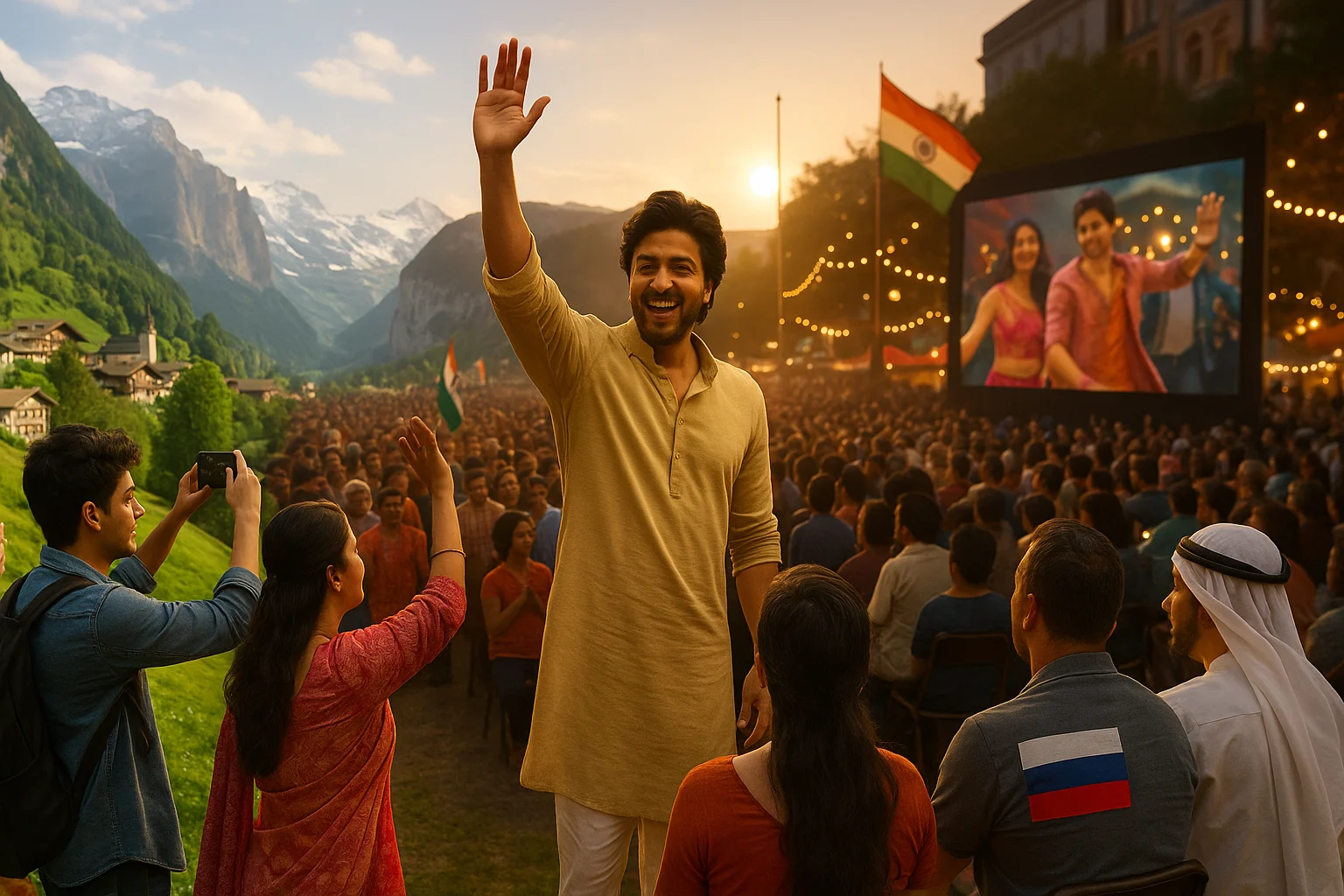
The Future of Bollywood’s Dominance
Bollywood’s future lies in global collaborations, technology, and authentic storytelling.
- Collaborations – Co-productions with Hollywood and Korean studios can expand reach.
- Technology – Use of VFX, IMAX, and AI-enhanced filmmaking will enhance production quality.
- Diversity of Stories – Regional cinema (Tamil, Telugu, Malayalam) is gaining global attention, pushing Bollywood to evolve.
- Streaming Platforms – Will further democratize access and global viewership.
As long as Bollywood continues to blend tradition with innovation, its cultural dominance will remain unchallenged.
Conclusion
Bollywood’s journey from the silent films of Dadasaheb Phalke to the global premieres of RRR and Pathaan reflects more than cinematic growth—it reflects the rise of India’s cultural voice in the world. Its music, fashion, dance, and stories have become global symbols of Indian identity.
Despite criticisms and competition, Bollywood remains a cultural superpower—a storyteller that not only entertains but also connects people across continents, languages, and cultures. Its dominance is not accidental but the result of a unique blend of emotion, tradition, and mass appeal.
In an increasingly globalized world, Bollywood is not just India’s cinema—it is India’s cultural heartbeat.
Receive Stories and Articles in your Inbox!
We won’t send any promotional or spam emails.






















